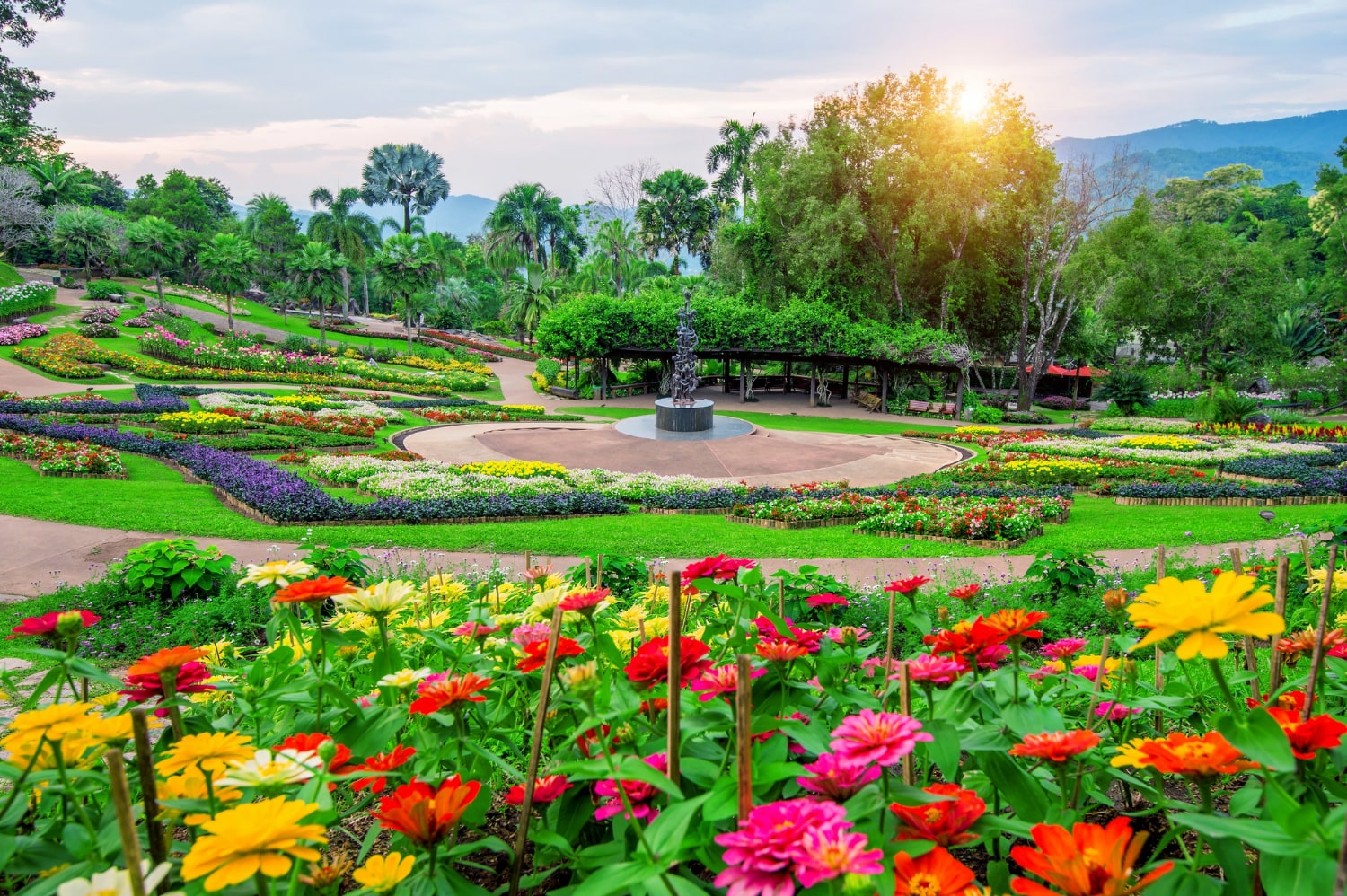
Do you know how much of a carbon footprint your garden actually leaves? If you are unaware, the answer may surprise you. From excess water usage to a variety of emissions, gardens are major culprits. The time is now to adopt a new course of sustainable landscaping that will reduce your footprint and make life easier.
Reduce Emissions By Moving to Artificial Turf
One of the biggest sources of enhanced carbon emissions in your immediate environment is the lawn in your yard. And if your neighbors also have their own lawns, you're talking about a threat that is magnified many times over. The time is now for you to take matters into your own hands and deal with this menace.
You can do so by making the move to astro turf. This is the smart move to make if you want to get rid of a major waste of time, money, and energy. But it's also a good move if you want to make a serious reduction in your total carbon footprint. The sooner you do so, the sooner you can make a real difference in fighting greenhouse gas emissions.
It all comes down to deciding how you want to spend the many gallons of water that it takes to maintain a healthy lawn. This is a system that offers next to nothing to the environment for all of the energy it eats up. Wildlife doesn’t benefit from the blades of grass you raise, nor is grass edible to humans.
Instead of wasting all of this valuable energy, why not get rid of the process altogether? An artificial lawn will be evergreen. It won't require you to be out there every weekend, mowing away, and working up a sweat for nothing. And it will have a much friendlier effect on the environment by making no emissions.
You Don't Have to Waste So Much Water
One of the most important things that a modern homeowner needs to know is that it simply isn't necessary to waste so much water. Did you know that the modern lawn irrigation techniques that many people swear by are really doing serious harm to the area around you? The combined amount in your area alone may be pushing up carbon emissions by an alarming level.
There are much better ways to handle this crisis. For one thing, you need to stop using such an exorbitant amount of water. Making the switch to artificial grass will cut down on the impact of this major threat to the environment. It also helps to only grow plants that are suited to the area that you live in.
For example, if you live in the Southwestern region of the country, your local area is probably mostly desert. In this case, do you really need a lawn at all? Instead of wasting tons of water, why not make the move to plants such as cacti, succulents, and other natives? The time and money you could potentially save are well worth it.
You Don't Need to Use So Much Fertilizer
Another area where you are probably doing great harm to your environment without even realizing it is the excess of fertilizer for your yard. The truth of the matter is that people all over the world are using entirely too many of these products. As a result, millions of extra carbon emissions are being released day by day.
Making the move to artificial grass will definitely clean up a lot of these emissions. But if you are not ready to do so, you can still do a good job of cleaning up your carbon footprint. The key will be to avoid synthetics and make use of only fully organic, biodegradable fertilizers. This will help toward reducing your total emission output.
Reducing Your Footprint is a Worthy Goal
At the end of the day, it will be up to you to do all that you can to have a positive effect on your area. One of the very best things that you can do to meet this worthy goal will be to reduce your carbon footprint. If getting rid of the lawn is what you must do, it's a sacrifice you will likely be glad to make.
Written by Tracie Johnson
About the Author
Tracie Johnson is a New Jersey native and an alum of Penn State University. She is passionate about writing, reading, and living a healthy lifestyle. She feels happiest when around a campfire surrounded by friends, family, and her Dachshund named Rufus.
You may also like
How to Create a More Eco-Friendly Lawn
Sustainable Landscaping For Dry Climates
Effective Ways to Bring Sustainable Design Into Your Backyard
